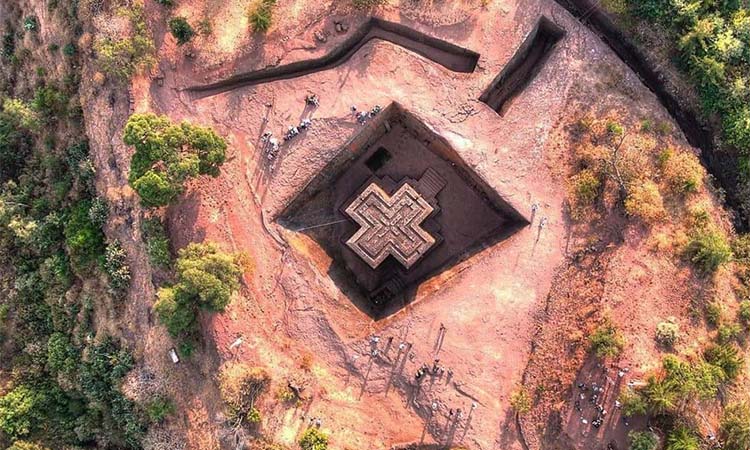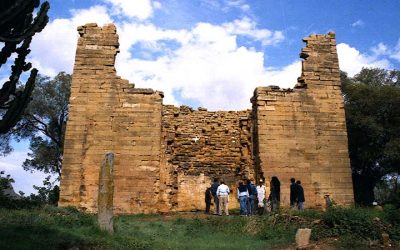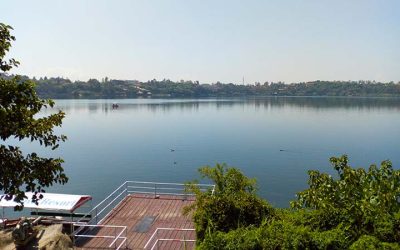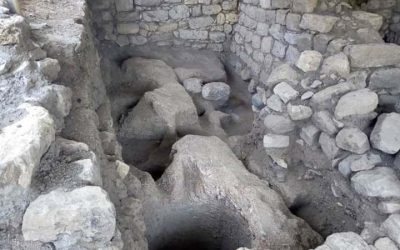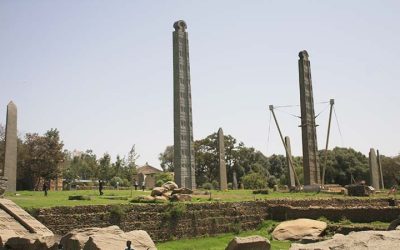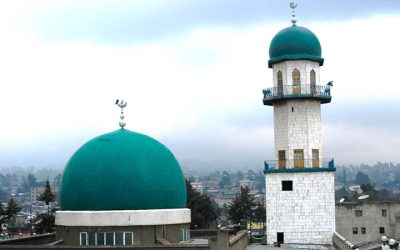Lalibela
Ethiopia is one of the countries in the world known for its ancient rock churches.
Lalibela is a medieval settlement in Northern Ethiopia famous for its 11 beautifully carved rock hewn churches, registered as World Heritage Site in 1978.
The rock-hewn and cave churches in and around Lalibela are closely connected with the Zagwe dynasty, more specifically with King/St. Lalibela, and are believed to have been constructed in the 12th–13th century AD.
The rock hewn churches are grouped into three based on their proximity:
the Bete Medhane Alem (Church of the Holy Saviour), Bete Gabriel-Rufael (Church of St. Gabriel-Rafael) and Bete Giorgis (Church of St. George) groups.
The churches are carved out of a single, massive scoriaceous basalt hill which was deposited along an East-West extending palaeovalley in the Oligo-Miocene Trap basalt of the northwestern Ethiopian plateau.
The geology of the region partially determined the structure of the churches and their hydraulic systems. The churches have been carved top-down from the sections of porous basaltic scoriae using chisels, axes, and other blades. Workers first traced the perimeter of the structure on the rock face, then isolated the main structure of the church. Finally, the inner mass was sculpted as the exterior was refined and ornamented.
Unlike in built construction, where the last element constructed is at the top, this method of construction leaves the most recently hewn element at the bottom. To avoid flooding from underground rivers and water tables, the church builders excavated drainage canals and trenches. The roofs of the four freestanding monolithic churches slope at the same angle of the rocks from which they were carved, further promoting drainage.

